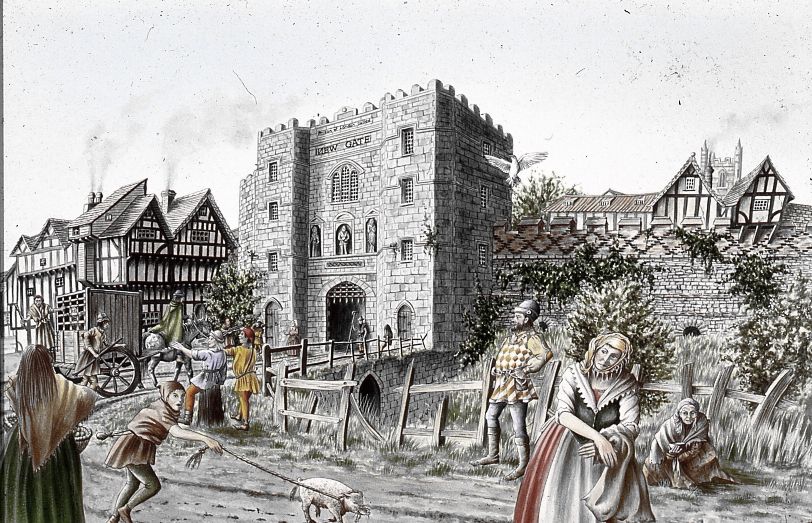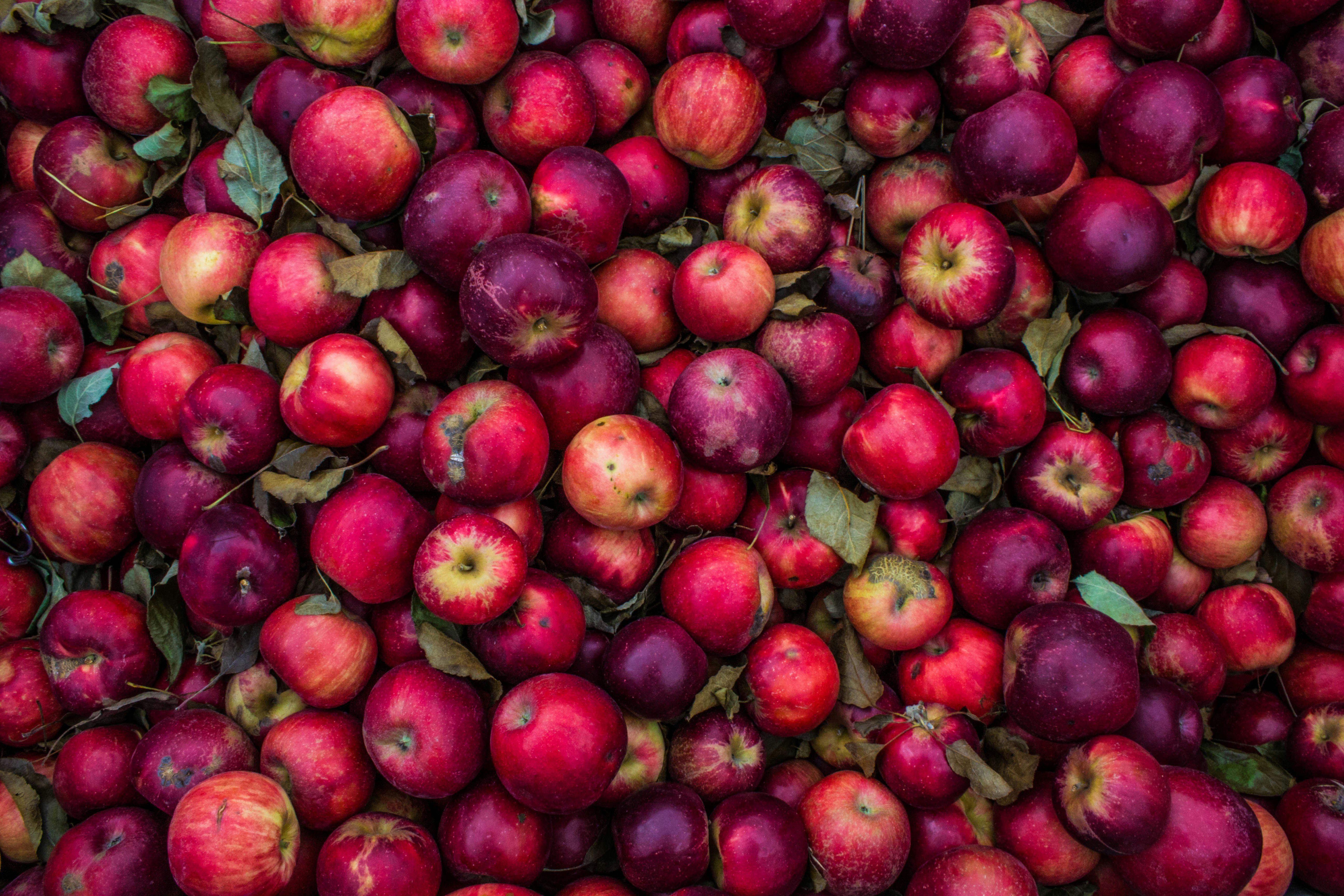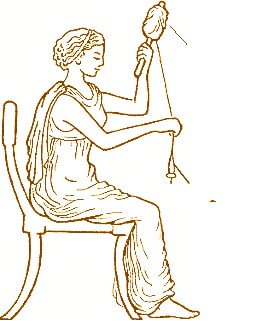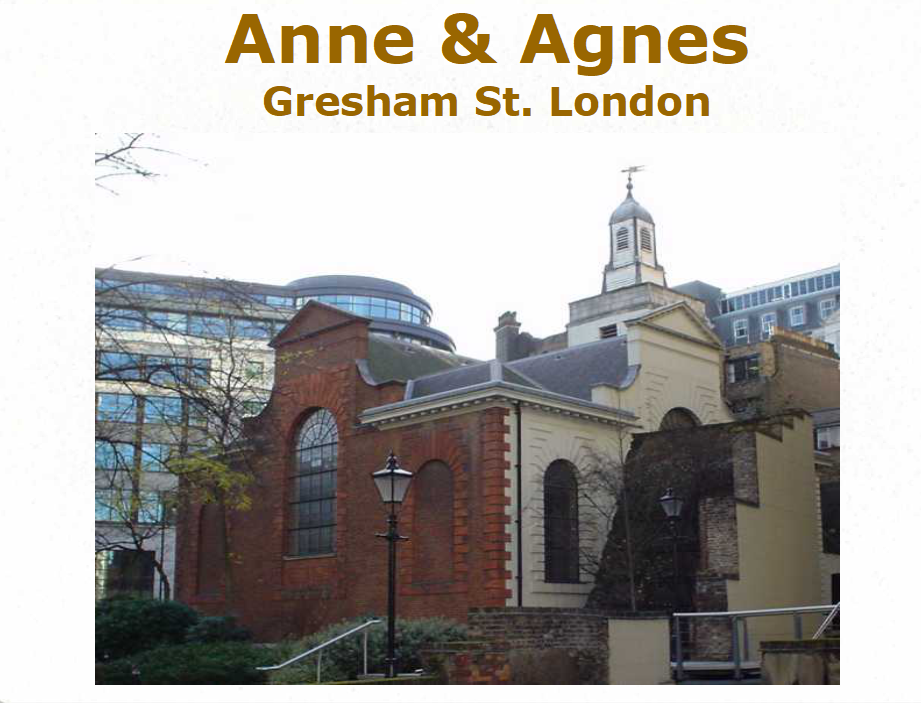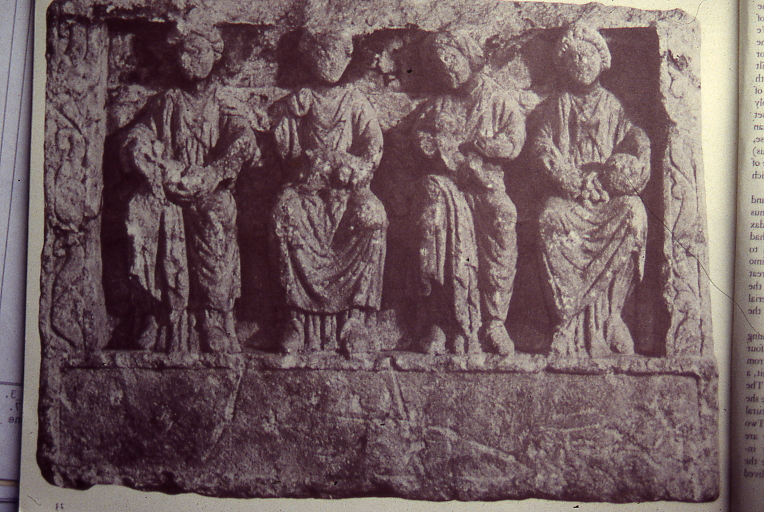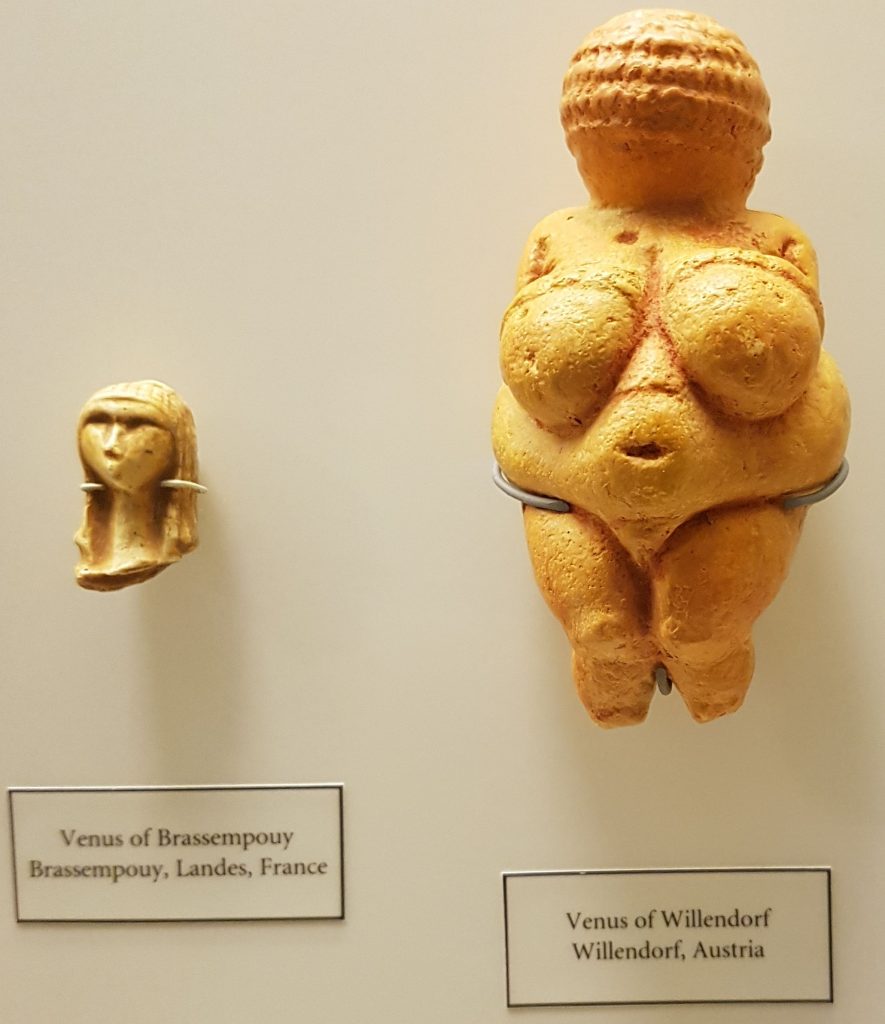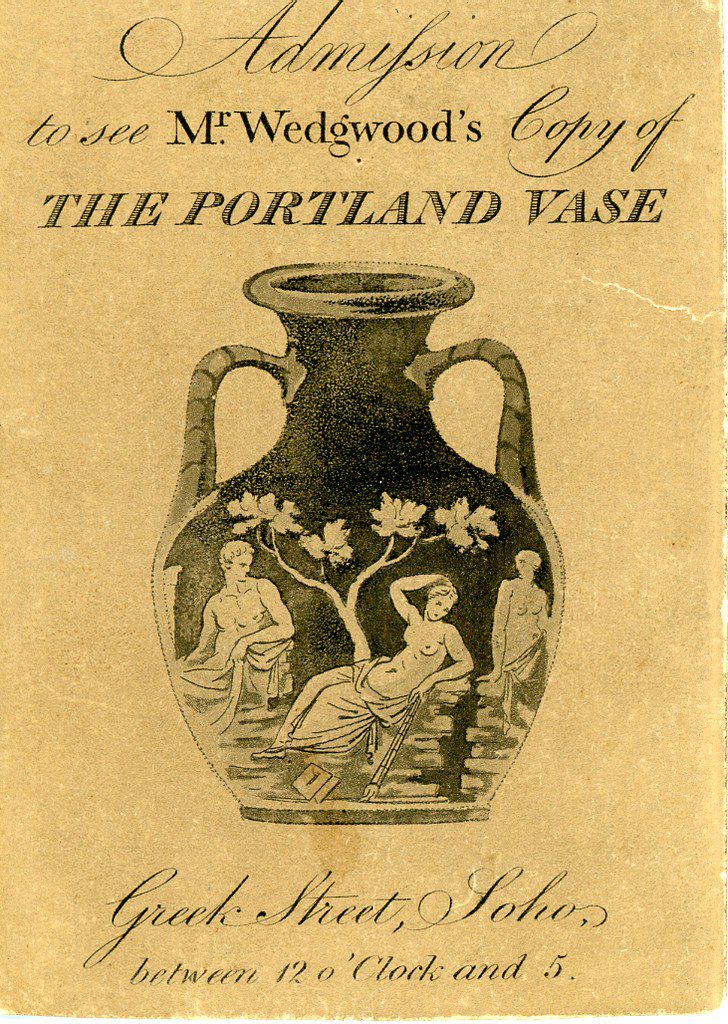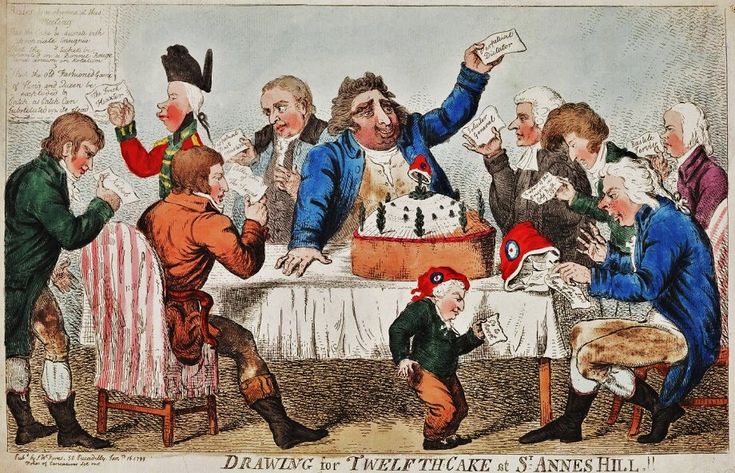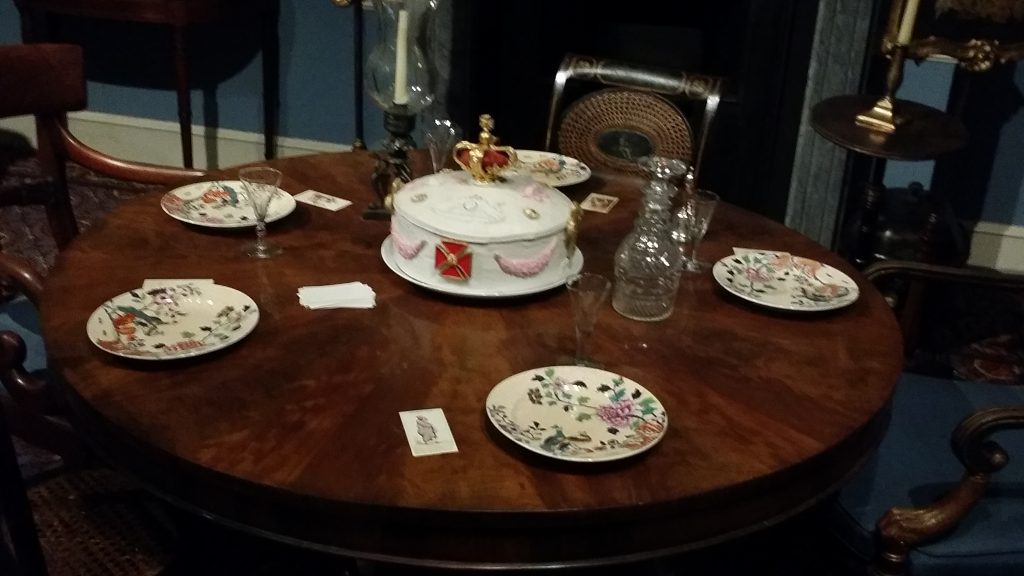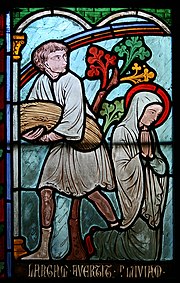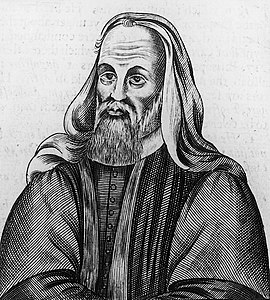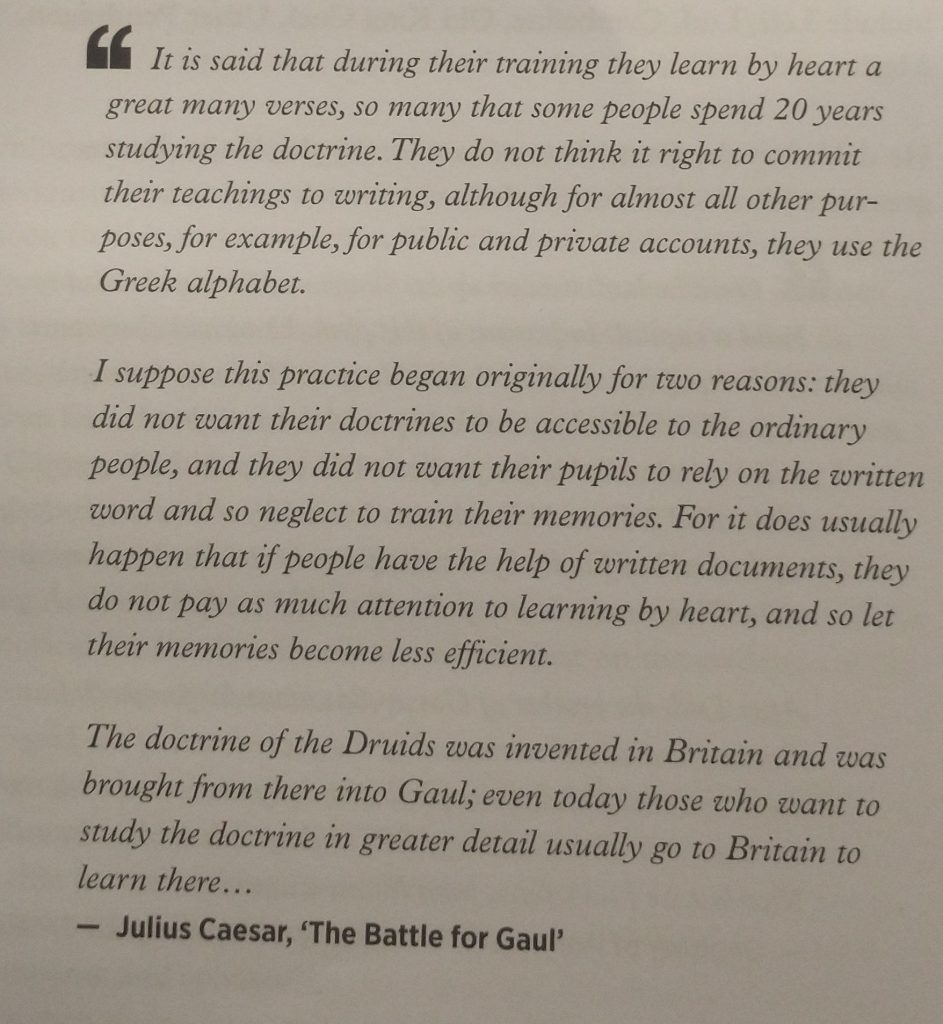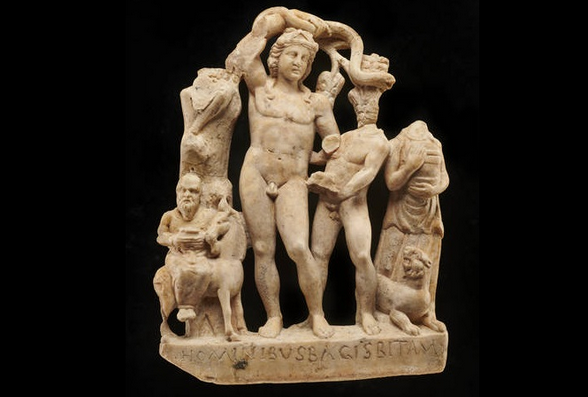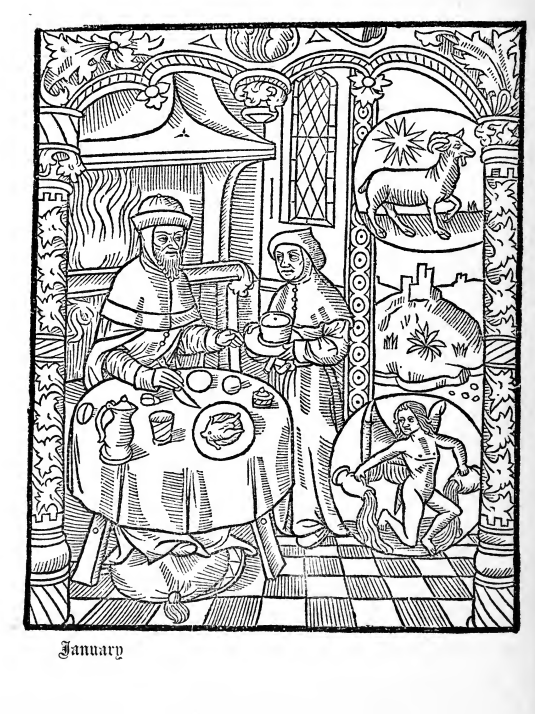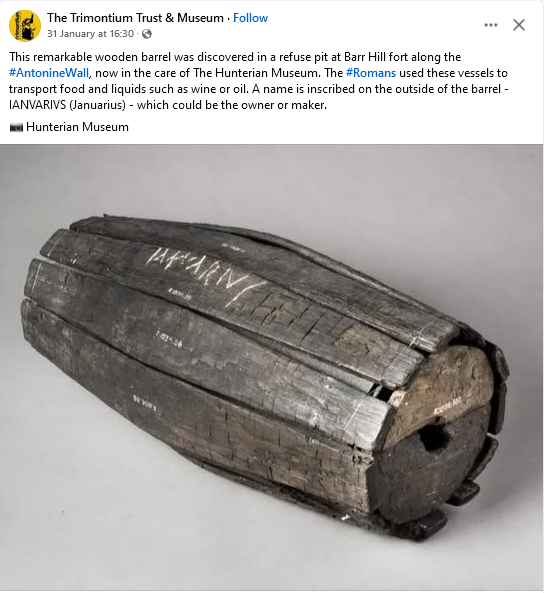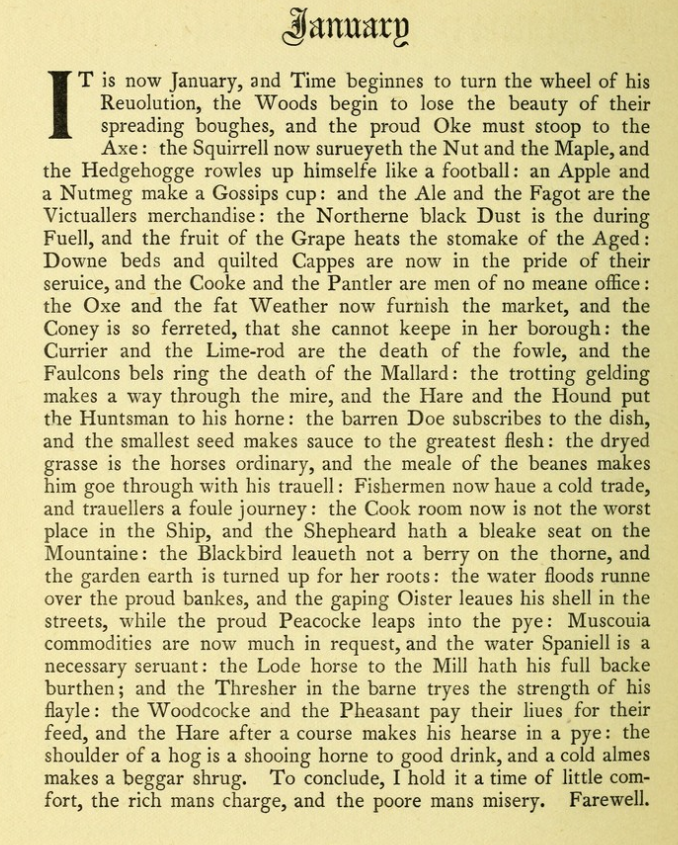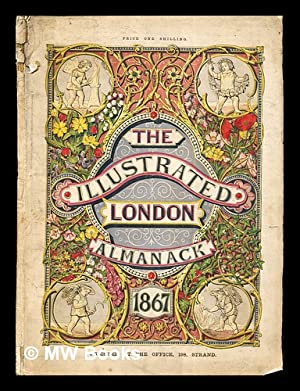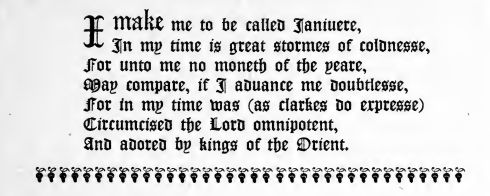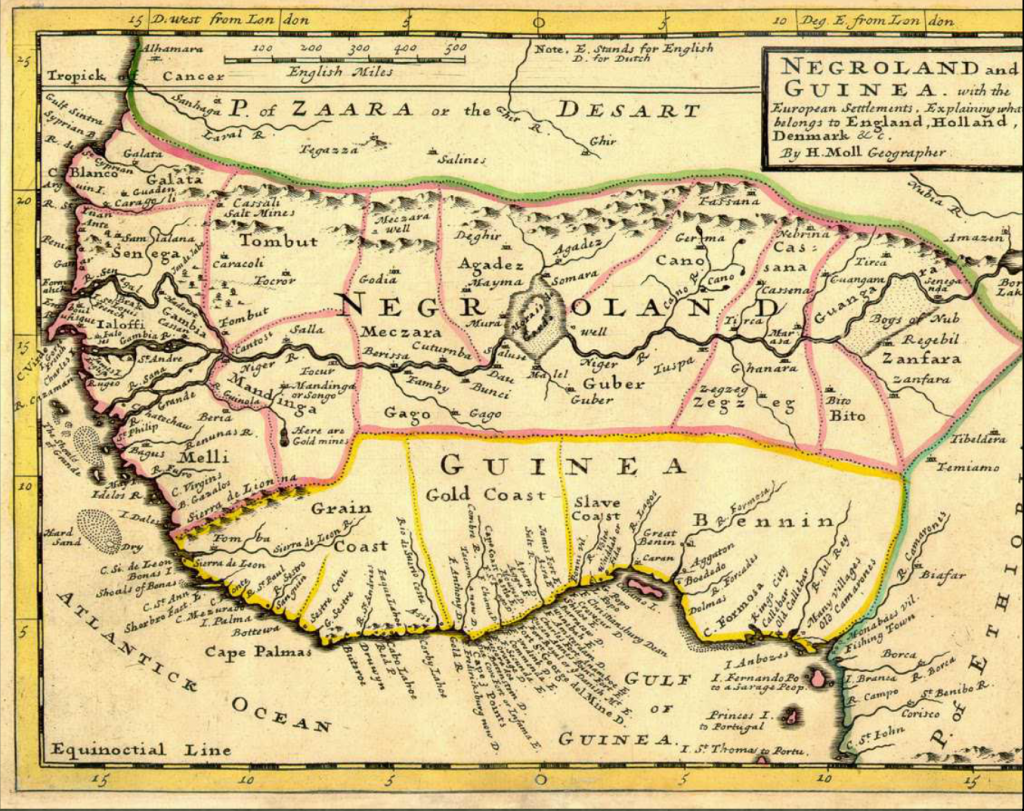
Note to the receivers of emails. I published the last couple of days from my laptop but the emails did not get posted. So here is one of the backlog and others to follow.
The Royal Africa Company
The Royal Africa Company was set up with a monopoly on trade with the west coast of Africa in:
“redwood, elephants’ teeth, negroes, slaves, hides, wax, guinea grains, or other commodities of those countries”
On January 10th. 1663 King Charles II affirmed the new charter for the Company that, above all else, was responsible for British continuing involvement in enslavement. Shareholders included his nephew, Prince Rupert, Samuel Pepys, and much of the British Establishment, Aristocracy, and City Merchants. Its headquarters were in Cornhill, not far from the East India Company’s HQ. The company was closed in 1752.
Guineas
Gold from the Gold Coast in Guinea was used to make coins, which became known as ‘guineas’. They were originally made from one quarter of an ounce of gold. Below is a sketch of a two guinea coin from the reign of Charles II. Note the elephant at the bottom of the coin.
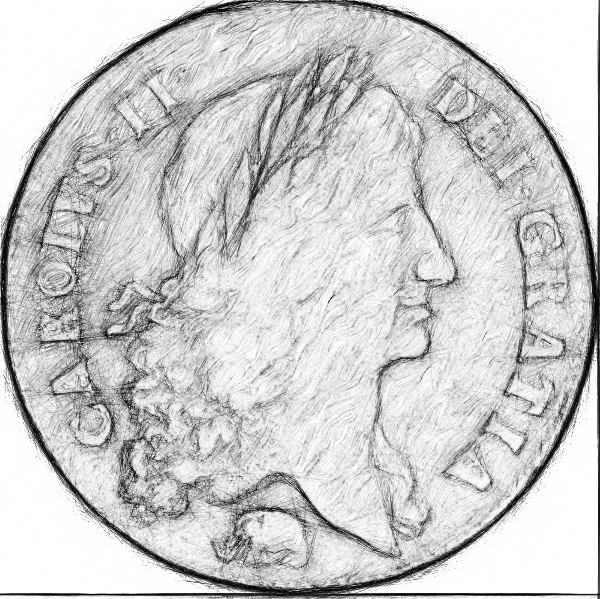
The guinea was original worth 1 pound but fluctuated with the price of Gold. Pepys records it at 24 or 25 shillings. It was eventually phased out, but it became a posh way of expressing value. Ordinary goods would be priced in pounds, but expensive ones in Guineas. By then valued at 21 shillings. (£1 pound 5 pence). Wikipedia suggests it was used for ‘prices of land, horses, art, bespoke tailoring, furniture, white goods and other “luxury” items‘. I remember going shopping with my parents in London and wondering at the fur coats being priced in Guineas. It died out, as a practice, in the 70s.
Enslavement, Government & the Royal Africa Company
There are many sites giving a history of slavery, and the British involvement with it. But, here, I would just like to point out how involved the British Royal Family was in the trade. One of the instigators of the Trade, in the 16th Century was John Hawkins. He secured investment in his second slaving expedition from: Queen Elizabeth I, Robert Dudley, Edward Clinton, Lord Burghley amongst others. Royal involvement in the foundation of the Royal Africa Company was only one of many connections between Royalty and Slavery.
It should be noted that the British education system has emphasised the role of Britain in the abolition of slavery. We are more reluctant to highlight our involvement in setting it up and continuing it. This has begun to change. A new generation of school children in London can visit the excellent London: Sugar & Slavery Gallery at the Museum of London in Docklands.
Compensation for Slavery & Reparations
University College, London has undertaken a profound project where they took the records of compensation payments to:
The slaves, you are thinking?
No, to the slave owners!
The compensation of £20m pounds was provided by a loan to the Governemt by Rothschilds Bank in the City of London. It probably represents around £16billion in modern terms. I have been unsure of the case for historic ‘reparations’. But when ‘we’ compensated the slave owners, it makes the case for compensation overwhelming. The least we can do is to fund projects to correct the educational and life disadvantages of people and countries impacted by slavery. And £16 billion seems like the right amount.
Legacies of British Slave-ownership project
UCL have created a resource where you can click on the streets of London and other areas, to find out the holders of slaves who were compensated in that street.
I looked at the UCL resource looking for the closest slave owner in my area of the East End of London. The nearest person lived about 500 yards away from me. Here are the abridged details from the database. It is very simple to use. Have a go by following this link.
Solomon Nunes Flamengo of Kingston, living at Mutton Lane in Hackney when he wrote his will in 1778. Merchant. Estate probated in Jamaica in 1779. Slave-ownership at probate: 6 of whom 2 were listed as male and 4 as female. 4 were listed as boys, girls or children. Total value of estate at probate: £21356.26 Jamaican currency of which £332.5 currency was the value of enslaved people.
I guess the value of his compensation was £332.5. Solomon was Jewish, which is unusual for the records, by far the majority being Christian. I chose Solomon simply because he was the closest to my house. The UCL website is at https://www.ucl.ac.uk/lbs/.
Britain began regulating the Slave trade in the late 18th Century, abolished the Slave Trade in 1807. Slavery, with the compensation to slave owners in 1833, was abolished but they replaced slavery with apprenticeship – in effect bound labour. This was ended in 1838. For more details look at https://www.parliament.uk/
Slavery or Enslavement
Finally, I have seen several exhibitions and TV documentares in recent months where victims of the pernicious trade are referred to as ‘enslaved’ and not slaves.
It is a profound difference. The victims did not make themselves slaves, they did not identify as slaves. They were forced into lt by violence, kidnap. rape, murder, torture, imprisonment, trafficking, forced exile. They were enslaved.
Published January 2024, revised 2025
